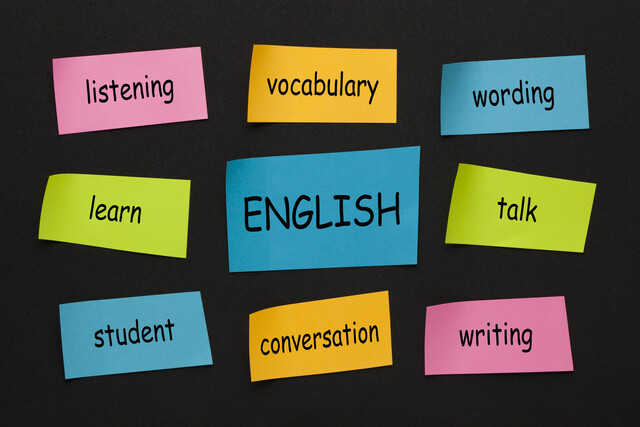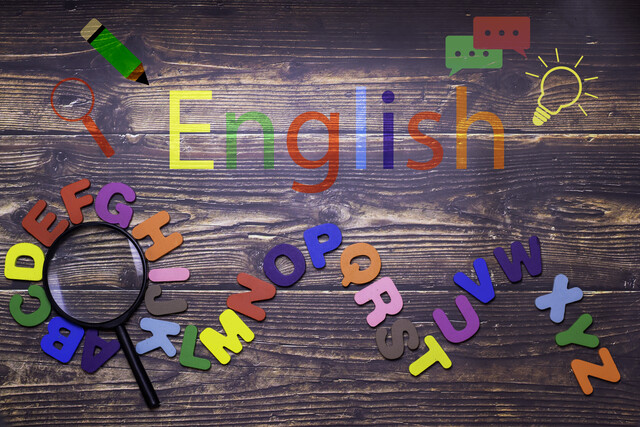ESL Grammar Skills Level 1
Unlock Your English Potential with Essential Grammar Foundations!

12 Hours average completion time
1.2 CEUs
32 Lessons
83 Exams & Assignments
90 Discussions
33 Videos
82 Reference Files
217 Articles
Mobile Friendly
Last Updated December 2025
ESL Grammar Skills Mastery: Embark on Your English Journey with Level 1
Embarking on the adventure of mastering a new language, especially English, is both exhilarating and challenging. Tailored precisely for those taking their initial steps in this voyage, our 'ESL Grammar Skills Level 1' is the perfect starting point. Crafted meticulously for English as a Second Language (ESL) learners, this course ensures that every nuance, every rule, is presented in a manner that resonates with your unique learning journey.
At Level 1, we lay down the foundational bricks of English grammar. Delve deep into the world of tenses, specifically focusing on the intricacies of present simple and past simple. From there, we'll guide you through the captivating realm of verbs, spotlighting their diverse forms and functions.
Here's a peek into our holistic course offerings:
- Dancing with Verbs: Unearth the magic of verbs, including the dynamic '-ing' form, and unravel the peculiarities of 'be' verbs, distinguishing them from their counterparts.
- Nouns & More: Dive into plurals, discern the significance of articles 'a' and 'an', and embrace the art of using adjectives to paint vivid linguistic pictures.
- Pronouns & Demonstratives: Master subject pronouns, possessive adjectives, and the subtle nuances of using 'this/that/these/those'.
- Prepositions & Beyond: Decode the world of prepositions, especially those defining place and time, while also tackling the essential 'wh-' questions and understanding the frequency-driven adverbs.
- Sentence Structuring: Craft simple (S-V-O) and compound sentences, ensuring your thoughts flow smoothly in English.
- Irregularities in English: Navigate the fascinating domain of irregular spellings, plurals, gerunds, and verb formations.
Beyond grammar, we infuse our course with a comprehensive writing component. With 33 enriching lessons, each supplemented with vivid illustrations, exhaustive exercises, and section-specific exams, the journey becomes as immersive as it is instructive. Moreover, we've incorporated state-of-the-art audio-visual aids, including High-Definition videos for every lesson. These videos serve a dual purpose: enhancing your understanding and fine-tuning your listening comprehension and pronunciation.
By the culmination of this course, you'll have forged a sturdy foundation in English. While the linguistic expanse you'll navigate may be foundational, it'll empower you to articulate the majority of your thoughts and ideas. So, whether you're just starting your English journey or seeking to rejuvenate your foundational skills, our Level 1 offering stands as an invaluable resource.
Dive in, and let's co-create your English story, one grammatical rule at a time!
- Craft negative sentences and appropriate questions
- Employ subject and object pronouns effectively
- Apply frequency adverbs for sentence clarity
- Use articles 'a' and 'an' fluently
- Navigate common prepositions for place and time
- Grasp basic English sentence structure
- Identify and use demonstrative pronouns
- Form compound sentences using conjunctions
- Understand simple present and past tense
- Utilize possessive adjectives in sentences
- Recognize and use regular and irregular verbs
-

Basic English Speaking Skills
-

ESL Basic Grammar
-

Journaling and Memoir Writing
-

ESL Basic Writing Skills
-

Teaching Grammar to ESL Students
-

ESL Grammar Skills Level 1
-

ESL Grammar Skills: Level 1-5 Course Bundle
-

How to Write Case Studies
-

Understanding Learning Styles
-

ESL Basic Grammar and Writing
-

Report Writing 101
-

Writing Effective Emails in the Workplace
-

Writing Help Course Bundle
